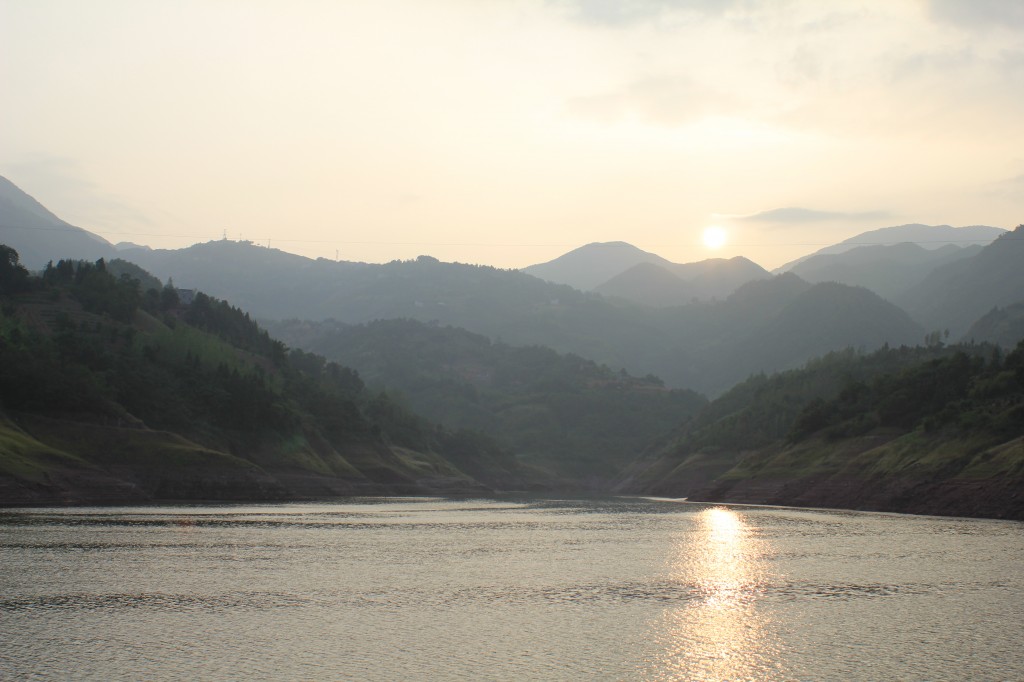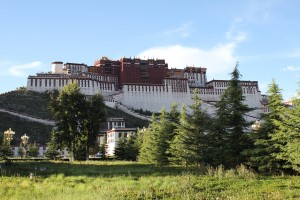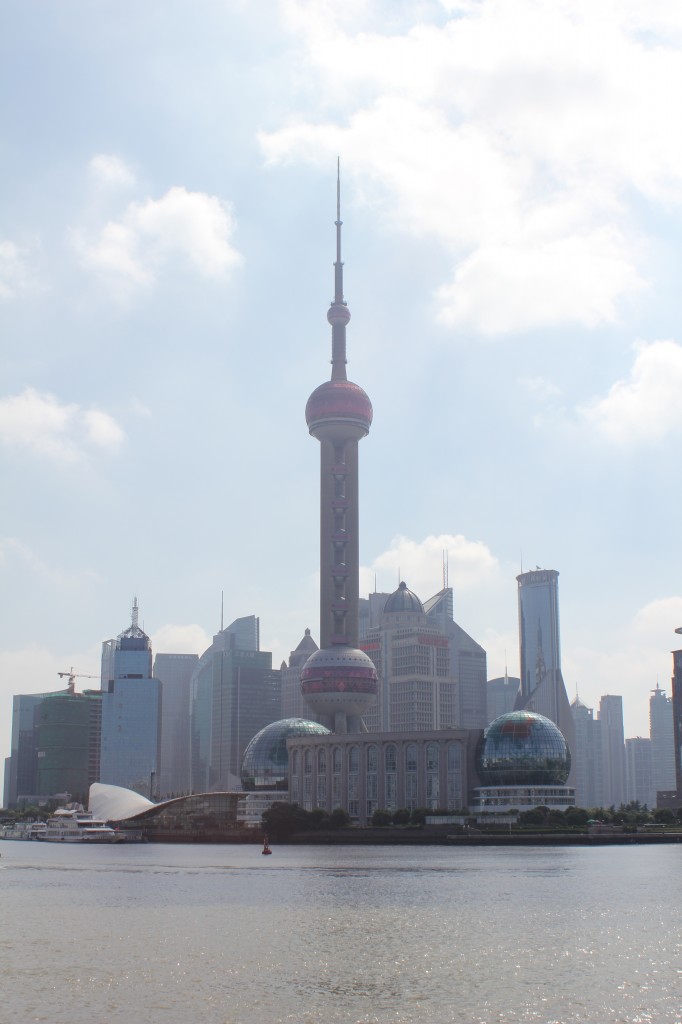Watch this short video about how Ryan incorporates the idea of balance into his life. No matter what activities we are passion are passionate about, bringing balance to our work and our play, is a necessary component of a healthy and rewarding lifestyle. Marinwood Community Acupuncture can bring your body back to the level of health you desire so that you can return to those activities that bring you happiness and peace of mind.





